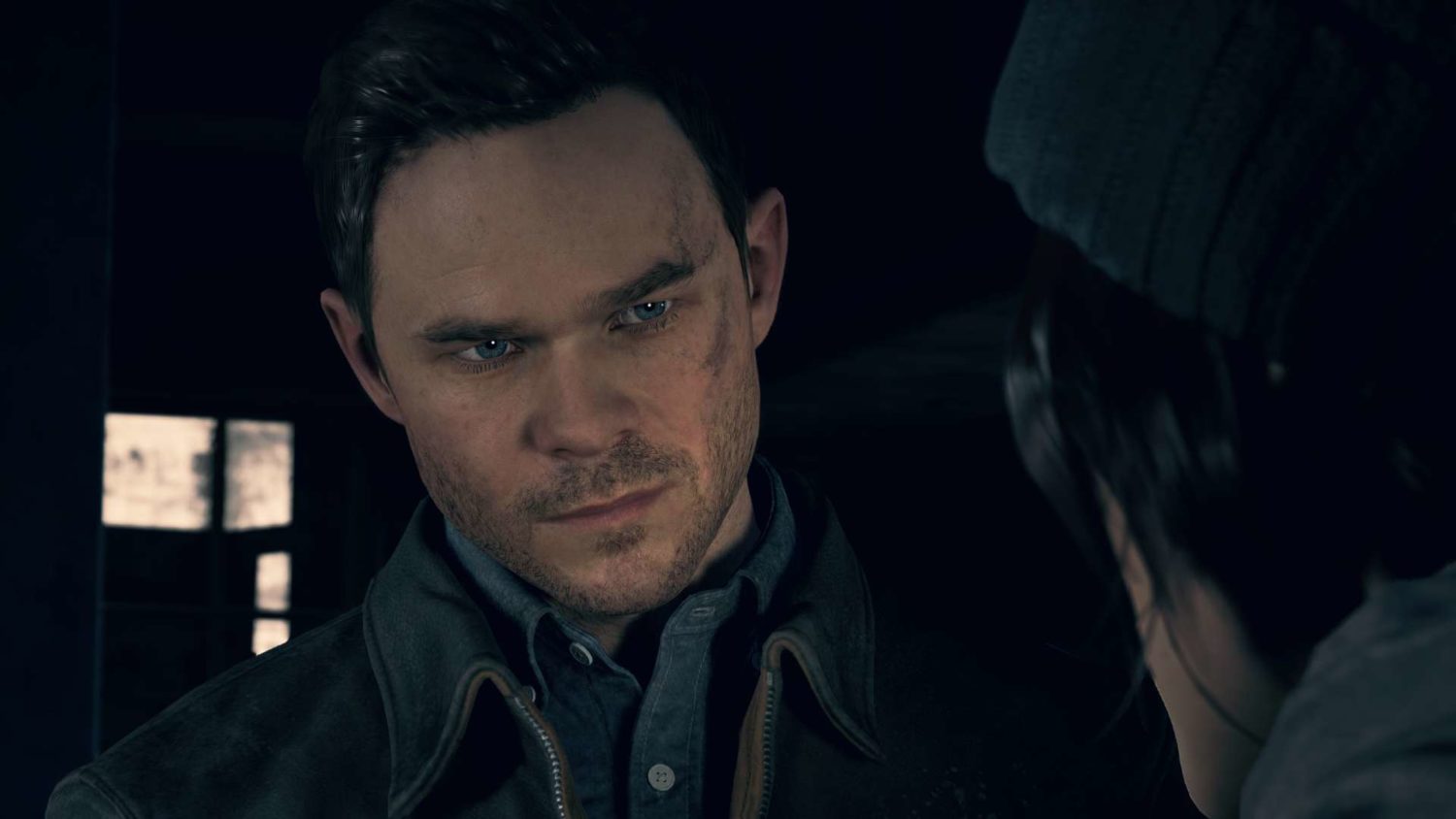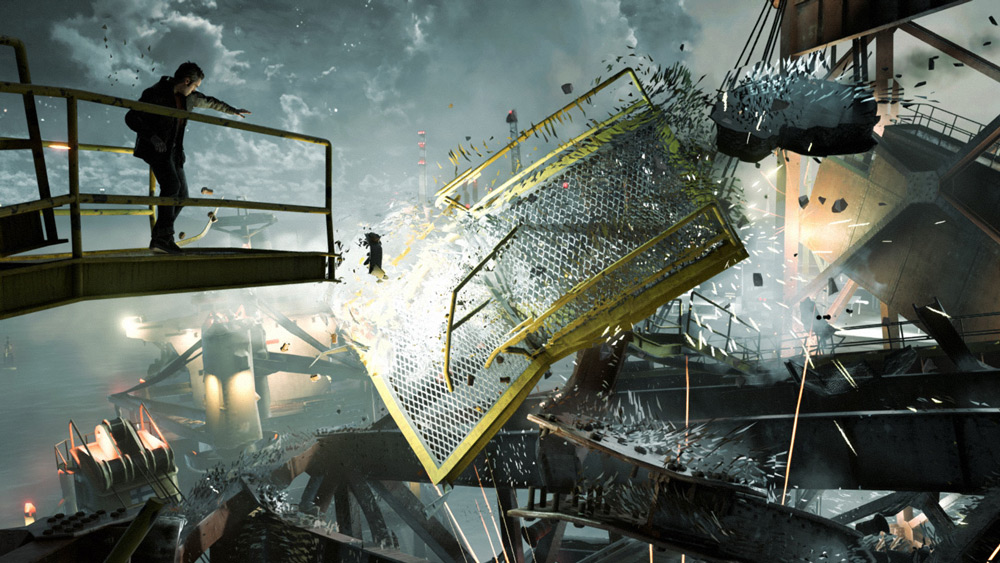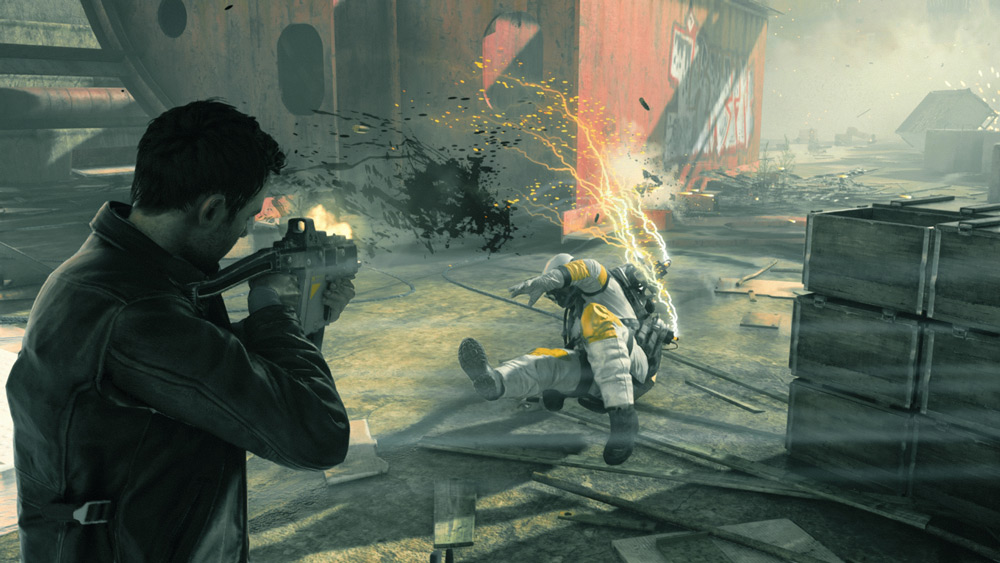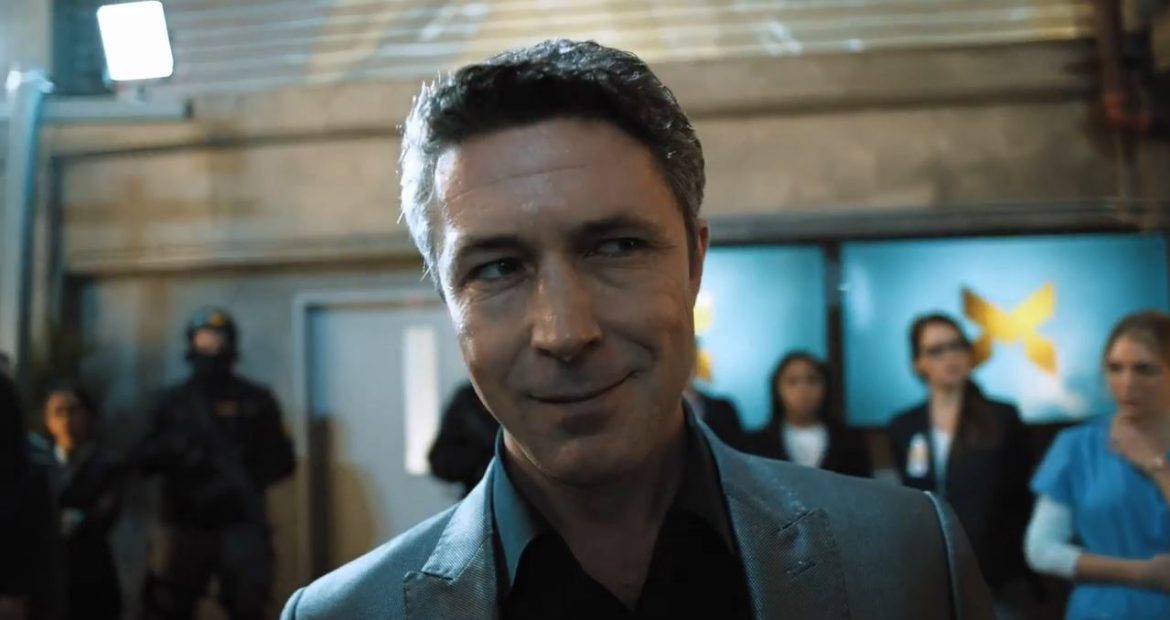TL;DR
Quantum Break ambitiously tries to blend a third-person shooter with a live-action TV series, boasting impressive visuals and a complex time-travel narrative with recognizable actors. While Remedy's visual and technical prowess shines, the game struggles with clunky controls, uneven gameplay pacing, and a disjointed transmedia approach where the TV episodes feel more like interruptions than integral parts of the experience. Despite its stunning graphics and intriguing premise, the core gameplay doesn't quite live up to the cinematic aspirations. Discover if Remedy's gamble on an interactive narrative pays off by reading the full review.
Quantum Break represents a significant endeavor for the Xbox One, touted as a showcase of the console’s capabilities and a platform exclusive (though, in a now familiar Microsoft strategy, it also debuted on PC). The question remains: Can Remedy, the Finnish studio behind critically acclaimed titles like Max Payne and Alan Wake, deliver on the substantial hype surrounding this release?
Leading up to its release, Quantum Break, positioned as Remedy’s answer to Sony’s Uncharted 4, generated considerable anticipation alongside carefully guarded details. Initial previews emphasized its impressive technical achievements and the core mechanic of time manipulation. Similar to another Microsoft tentpole title, Halo 5, Quantum Break incorporates a substantial transmedia element: a live-action TV series.
Quantum Break endeavors to fuse the action game and TV series formats. Leveraging detailed scans of established actors (including performers recognizable from Game of Thrones), the game presents a narrative experienced both through gameplay and a supplementary episodic TV series. These 15-20 minute episodes evolve based on player choices and the discovery of hidden in-game clues. While the concept is intriguing, the viability of interactive movies remains an open question. A compelling narrative can often compensate for simplified gameplay (as exemplified by David Cage’s titles like Beyond: Two Souls); however, Quantum Break underscores the fundamental distinction between passive, story-driven mediums (TV and film) and interactive gaming, where gameplay remains paramount. Despite the increasing cinematic qualities of modern games, the two experiences diverge significantly.
The narrative centers on Jack Joyce (portrayed by Shawn Ashmore, known for his role as Iceman in X-Men: Days of Future Past), whose life takes a dramatic turn following a failed time experiment at the fictional Riverport University. His brother (Dominic Monaghan) warns Jack against trusting the scientist Paul Serene (Aidan Gillen, renowned as Petyr “Littlefinger” Baelish from GOT). As time begins to fracture, Jack gains the ability to manipulate its very fabric, allowing him to freeze time (excluding himself), create bullet-deflecting shields, and move at accelerated speeds. With time itself collapsing, Jack must act to prevent the end of existence.
From a gameplay perspective, Quantum Break is primarily a third-person cover shooter with platforming elements. Players control Jack, guided by a persistent objective marker (though the optimal path isn’t always immediately apparent). Progress frequently involves environmental puzzle-solving and navigating cover-based firefights.
Remedy’s ambition with Quantum Break is undeniable. The narrative, typical of time-travel-centric fiction, delves into complex scientific concepts, evoking comparisons to series such as Fringe and Lost (which share cast members, perhaps deliberately). The theoretical depth can, at times, feel overwhelming. This is less akin to Back to the Future and more comparable to the density of Primer. The volume of film and television references is considerable, amplified by the presence of recognizable actors and the inclusion of a parallel, fully-funded TV series, with episodes tailored to player choices. While compelling in theory, this integration proves inconsistent in execution. The narrative can feel meandering and unnecessarily complex, attempting to deliver a nuanced sci-fi thriller but occasionally losing focus amidst numerous subplots and supplementary materials (emails, notes, etc.). Furthermore, the degree to which gamers are receptive to 15-20 minute episodes set within the game’s universe is debatable. These feel like interruptions, disrupting the core gameplay experience. A spin-off series, like the now-defunct Halo Nightfall, consumed independently, would be a more appropriate approach. As implemented, the episodes’ length and the narrative’s lack of consistent engagement detract from the overall experience. Microsoft Game Studios’ apparent aspiration for cinematic integration overlooks the fundamental differences between games and film/TV. The enduring appeal of titles like Super Mario Bros. underscores that strong gameplay remains paramount.
Turning to Quantum Break’s visual presentation, Remedy has achieved remarkable results. The game stands out as one of the most visually impressive titles on the Xbox One. The detailed character models and realistic facial capture create convincing virtual representations of the actors. Lighting effects are frequently stunning. Remedy’s decision to render the game at 720p contributes to a smoother frame rate, a welcome trade-off. Despite claims to the contrary, the visual difference between 720p and 1080p is often negligible during gameplay on standard-sized televisions viewed from a typical distance. Quantum Break effectively showcases the Xbox One’s graphical capabilities. The environments are detailed, the frame rate is generally stable, and the TV sequences are presented in high resolution.
The audio design is competent, though less remarkable than the visuals. The voice acting is generally well-executed, particularly given the absence of A-list talent. The soundscape is suitably immersive, with accurate spatial positioning of effects and dialogue. However, certain explosions lack impact and the weapon sounds, particularly for the shotgun, could benefit from greater bass response.
Quantum Break falters somewhat in its playability, control scheme, and core game mechanics. Character movement is adequate, with an optional aim-assist feature that enhances accessibility but can introduce jerkiness. The automatic cover system is a useful addition, but the overall cover-shooter experience feels less refined than in titles like Uncharted: Remastered or The Division. The level design can feel constricting, and the time-manipulation abilities, while conceptually interesting, can be awkward in practice. For example, the time shield can occasionally become misaligned. Infrequent checkpoints are also problematic. The later combat encounters can be protracted and challenging, making repeated playthroughs of entire sequences frustrating due to unexpected enemy spawns. This reliance on rote memorization feels like an outdated design choice.
In summary, Quantum Break’s gameplay is unremarkable. Its primary innovation lies in its presentation and the integration of the TV series component. Time manipulation, while initially engaging, lacks the enduring appeal of mechanics like bullet time in Max Payne. The platforming elements feel somewhat out of place. Imagine Geralt of Rivia navigating a similar scenario in The Witcher 3. Quantum Break performs adequately in many areas, but excels in none. The narrative lacks the emotional resonance needed to sustain player engagement. The reliance on established actors, while adding a layer of familiarity, ultimately feels limiting. Dominic Monaghan’s performances since Lord of the Rings have been inconsistent, and Shawn Ashmore, while competent, fails to deliver a captivating protagonist. Aidan Gillen benefits from his association with Game of Thrones, but the overall cast possesses a B-movie quality. Remedy might have been better served by creating original, compelling characters unburdened by the actors’ pre-existing personas and associated intertextuality.
In conclusion, Quantum Break delivers a visually impressive experience but falls short as a truly exceptional game. While experimentation in entertainment formats is commendable, core gameplay mechanics and playability must remain paramount. Lengthy, emotionally detached sequences offer limited value. Remedy’s own Max Payne demonstrated the potential for more impactful action. A revisit to Alan Wake, Remedy’s Xbox 360 classic, now with Xbox One support, highlights a game that effectively establishes an engaging narrative while prioritizing gameplay.






